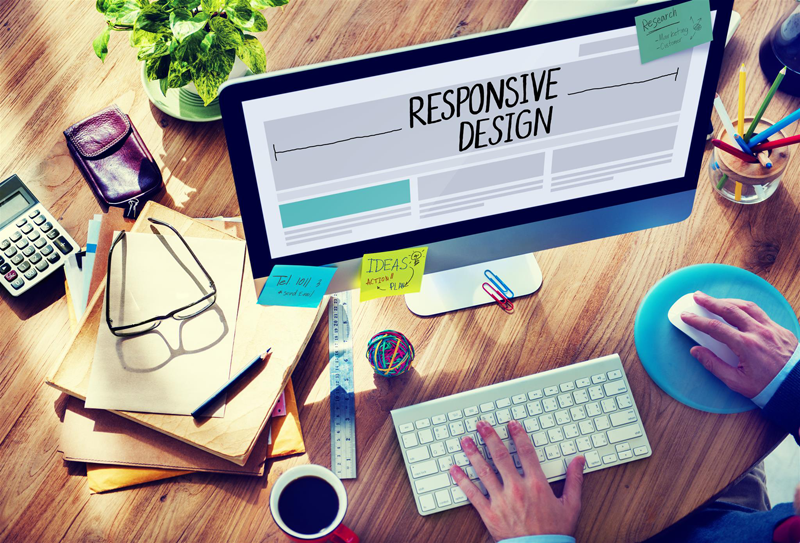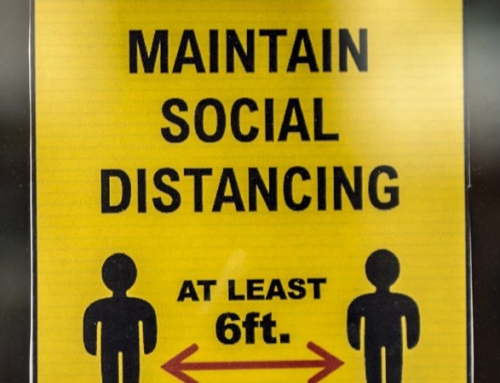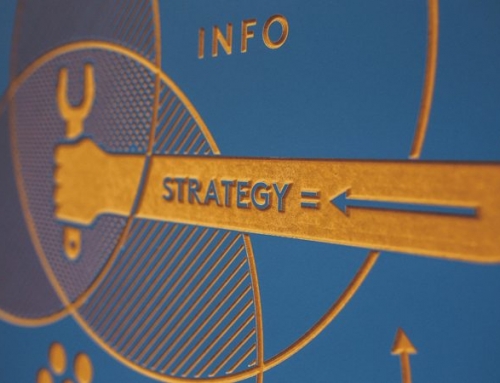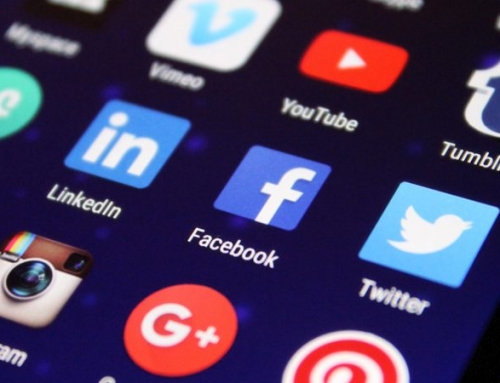The importance of web design
It is just your website, right? It is just a few pages on the internet and most of your profit will come from your bricks and mortar store. Does this sound plausible to you in a world so interconnected that they have created a name for it “The Internet of Things”. So, it isn’t just your website – just like your store front isn’t just a glass window. Both are the first – and sometimes only – impression of your company and your brand your potential customer will see.
It is more than just the aesthetic of your site – although this is undoubtedly crucial. It is about the ease of use of the interface, the structure of the site and the speed of page loads and click through.
Brand consistency
The first reason to have great web design is to make sure your online presence is consistent with the branding in your bricks and mortar store. Fonts, colour, ethos, approach – all should cross over between your online and offline sites. You need to be immediately recognisable online as the same company as the one on the high street. Visuals are 1000 times more powerful in communicating your brand than text.
An out of date website that looks poorly designed will communicate the exact opposite message about your brand that you would hope.
Navigation
Movement around your site is as crucial as any marketing strategies that consider the sales funnel for your company. You need to encourage your user to move through the site towards a sale in a way that is intuitive. Should the customer leave and come back, it should be obvious where they pick up on the sale again.
However, navigation is as much about SEO as it is about movement around your site. The ease and speed of your site impacts on your ranking. Therefore, a quick and well-designed site map is absolutely crucial.
Content
The design of your content is also about SEO. Not only does the copy sell your brand but also makes your site relevant to search engines. Therefore, a major part of designing your website is making the organisation of information logical and clear.
What makes a great web design tool?
There are two considerations that dictate great web design tools. First, the tool should make the process of designing a website simple. You do not want to be spending so much time coping with the complexity of the web design tool that you overlook the important choices you need to make. you should spend more time considering the application of the tool than how to make the tool work in the first place.
Secondly, the website builder needs to give you the latest technology that will mean your website will work at its most efficient wherever the user accesses it. This means it should be compatible with mobile devices as well as desktop, it should load quickly and navigate smoothly.
And the best design tools to use?
There are many applications available that offer free and paid web design tools. Although the design tools are only as good as the person applying design principles, there are some tools that make this easier than others. Here are five of the best design tools to use when bringing your website to life.
No 1: Fireworks
Adobe Fireworks is a graphics editing program. It is meant specifically for web designers and therefore has many features that lend themselves to design for online publishing. Most notably, Fireworks allows you to offer the site as a PDF – which helps when discussing website prototypes.
No 2: Dreamweaver
Dreamweaver is an industry-standard web design application. There is a lot you can do with Dreamweaver that you cannot do with any other tool. However, what comes with this is a complexity that can get in the way of your making the choices you want to make. However, Dreamweaver integrates well with many Adobe products, meaning it can give you some smart web-building tools mixed with application of some clever design tools.
No 3. UXPin
The UX in the title stands for user experience and is a new buzz phrase in business, so might make you feel dubious – maybe even cynical. However, the point here is that the platform makes the creation of design easy. It is easy to use, access and is responsive to the designers needs. It is especially helpful in producing sites that are appropriate for mart phones and tablets.
The best part of UXPin are the animations – and provides links to clients already using these animation tools.
No 4. Pixate
The reason you would choose Pixate is because it allows for the creation of prototype designs that can be tested live and shared with team members. There is not the extensive list of tools and settings you might find elsewhere. However, it does mean that you can collaborate in the design of your website. Also, there is something to be said for simplicity in design tools – without the trauma and complexity that comes with coding.
No 5. Sketch App
This is a lightweight design tool but one that includes most of the options you would want for your site. The initial app was released in 2009 and was maybe too basic. However, since there has been a steady stream of updates that make this a much more accomplished design tool. There is the option to create grids, export assets, vector modes and more.
Overall
The tools you use are only part of the story. However, these design tools make the process of bringing your website to life much easier. And, your website is as crucial to your success as your store front. Traffic is hard earned on the internet and when you get someone to visit you want them to feel convinced of your professionalism, authenticity and quality.






